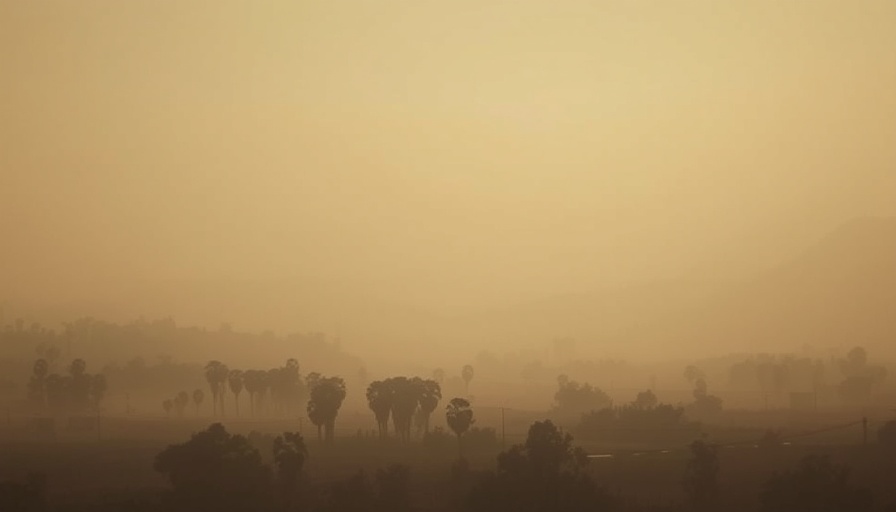
Understanding the New Trade Deal Between the U.S. and Japan
On July 22, 2025, President Trump announced a significant trade deal with Japan, aimed at easing escalating trade tensions that have concerned many Americans. This deal, which the President touted as 'massive,' includes provisions that will impose a 15 percent tariff on Japanese exports while also paving the way for increased American exports into Japan, including automobiles and agricultural products.
The Impact of Tariffs on Trade Dynamics
The introduction of a lower tariff, reduced from an initial proposal of 25 percent, represents a strategic move by the U.S. to maintain a cooperative trading relationship with Japan, one of its key allies in Asia. Japan's Prime Minister Shigeru Ishiba responded positively, signaling a commitment to explore the details further. This deal could serve as a model for future trade negotiations, as the U.S. looks to recalibrate its trading relationships across the globe.
Broader Context: U.S. Trade Policies Under Scrutiny
This agreement forms part of a broader initiative by the Trump administration to renegotiate trade terms with multiple countries, including Britain, Vietnam, and Indonesia. The U.S. has leveraged tariff threats to coax nations into negotiations, suggesting that America's approach to international trade relationships is increasingly transactional. As trade agreements evolve, they joyfully reflect a world where economic cooperation remains crucial.
What Does This Mean for American Consumers?
For many American households, this trade deal could yield both opportunities and challenges. Increased access to Japanese markets means that consumers may find more American products, such as cars and rice, available at competitive prices. However, the implications of these tariffs could also lead to mixed outcomes in pricing and product availability as companies adjust to the new trade landscape.
Future Predictions: What Lies Ahead?
Looking forward, the U.S.-Japan trade deal could open doors to discussions with other trading partners. If successful, it could establish a precedent that makes further agreements easier to achieve. However, unforeseen geopolitical tensions could still arise, and analysts are keeping a watchful eye on how international relations will unfold in light of this agreement.
Challenges and Counterarguments: Diverse Perspectives
Not everyone is optimistic about these developments. Critics argue that relying too heavily on tariffs could undermine long-term relationships with trading partners and may even spark retaliatory measures. The negotiation process is nuanced, and while some benefits are clear, potential pitfalls must be approached with caution.
Conclusion: Why This Deal Matters
The U.S.-Japan trade deal is a pivotal moment in contemporary trade negotiations, highlighting the complex and often contentious nature of global economic relationships. As families assess how these changes impact their day-to-day lives, understanding the intricacies of trade agreements can empower consumers to make informed choices. To stay updated on the latest developments in trade and economic policies, consider engaging with news sources that innovate the conversation around these crucial topics.
 Add Row
Add Row  Add
Add 




Write A Comment